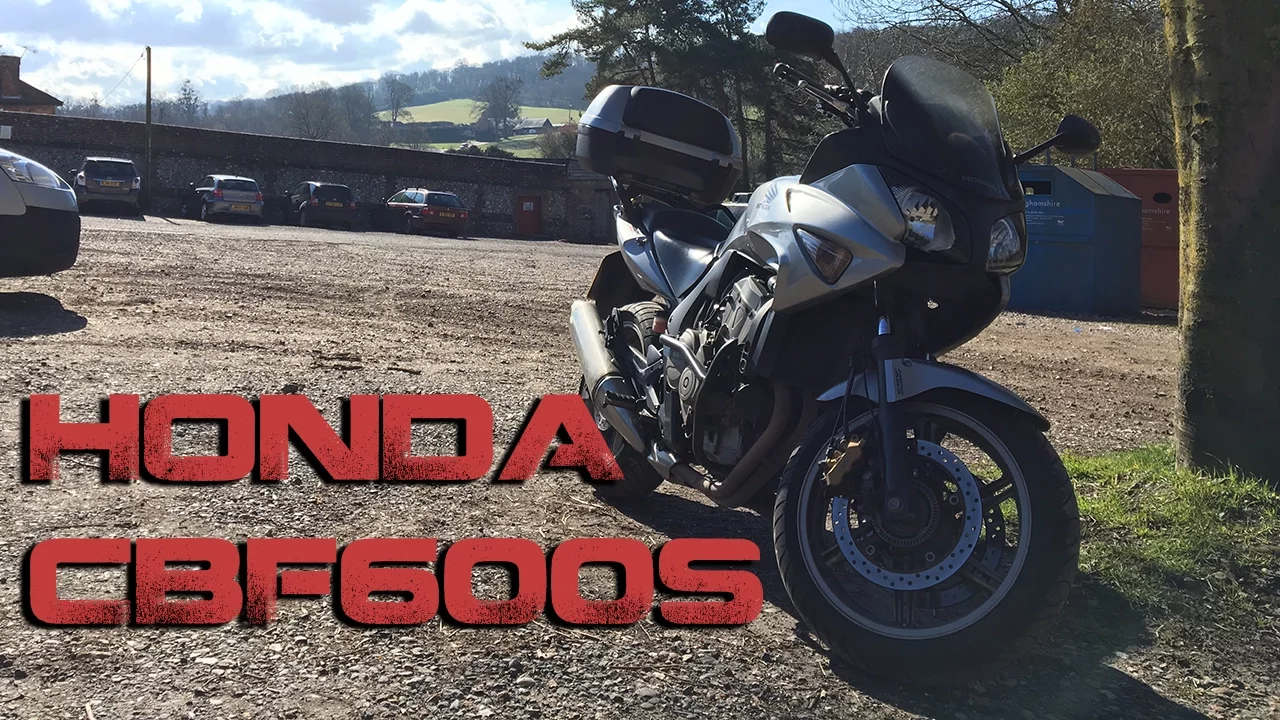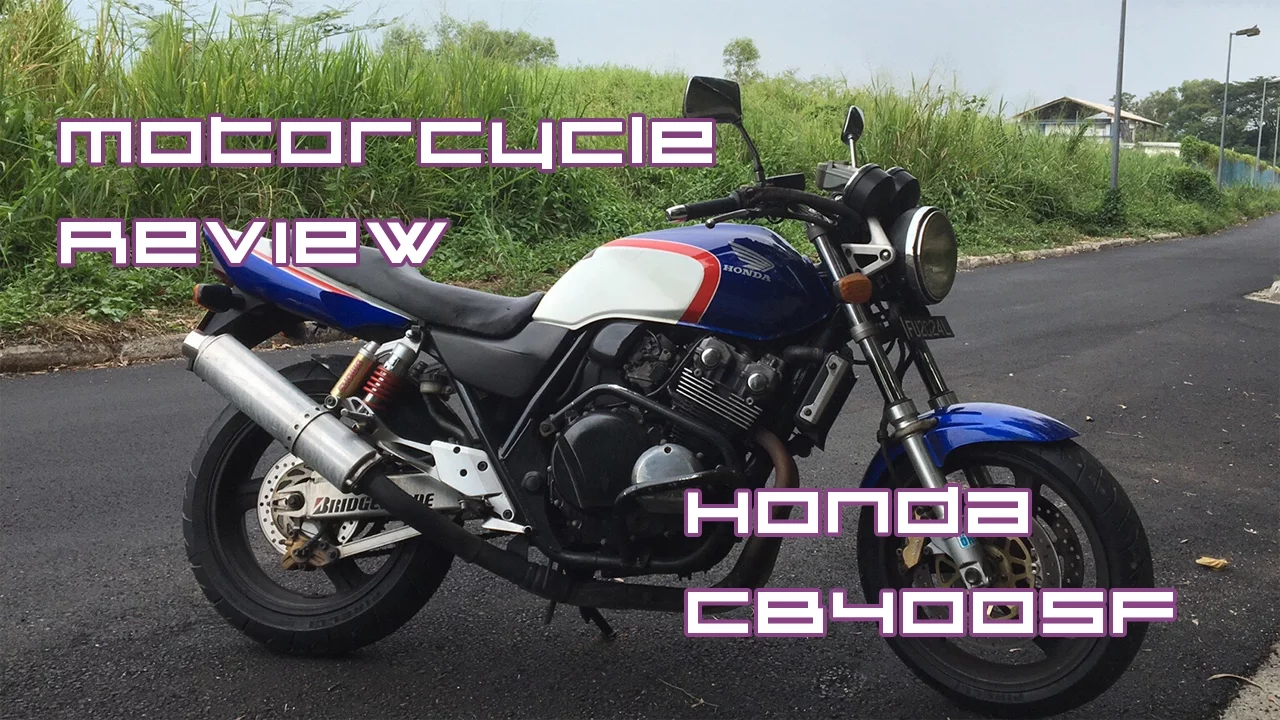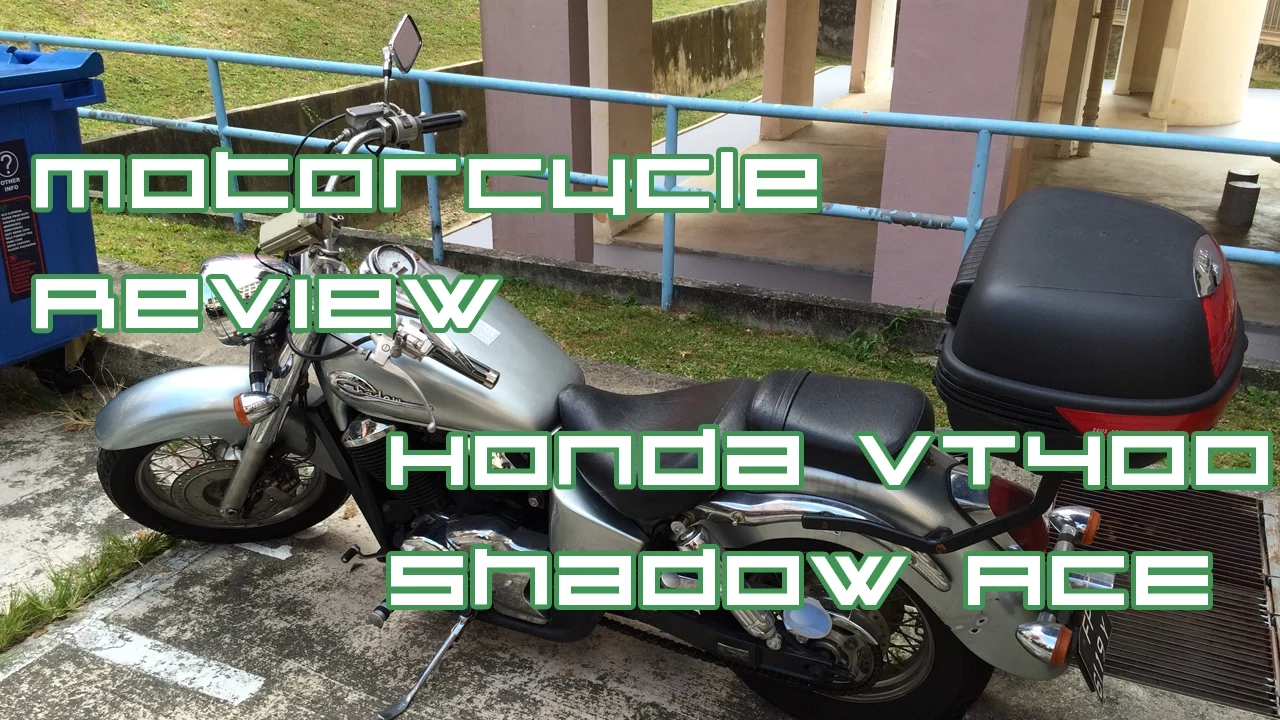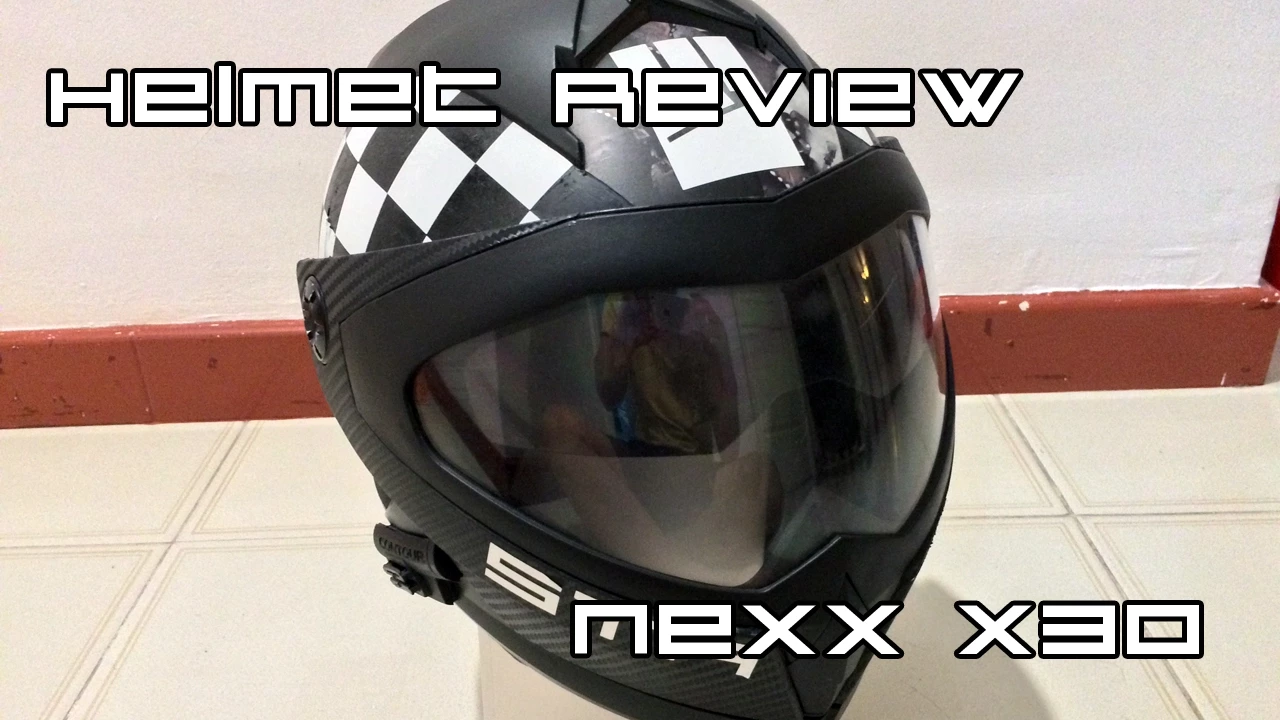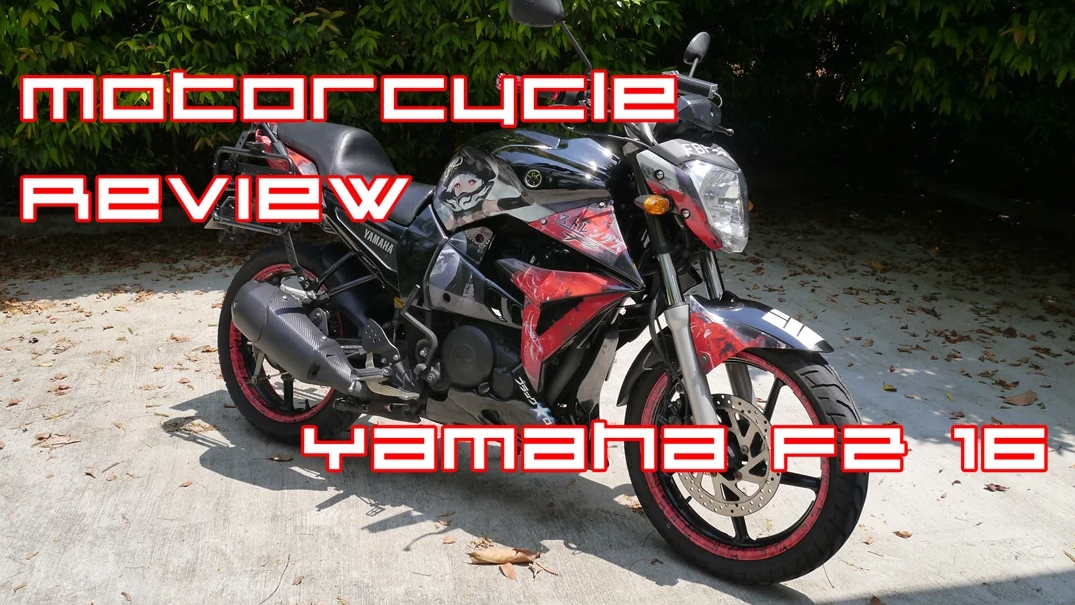The Honda CBF600S (2009 model year) is a versatile all-rounder, delivering reliable performance, easy comfort, and practical features that suit both road trips and daily commutes in Singapore and Southeast Asia. After a week-long road trip on this fuel-injected middleweight, here’s why it stands out as a top choice for new and seasoned riders seeking a fuss-free touring machine.
Engine, Fuel System & Performance
- Engine: 599cc liquid-cooled inline-four, adapted from the Hornet, paired with fuel injection for smooth, predictable throttle response all day long
- Power Delivery: Broad usable torque, making acceleration effortless even at moderate to high speeds—ideal for highway cruising, city commuting, and overtaking trucks in the Malaysian countryside
- Fuel Injection: Reliable cold starts and linear power, even in humid climates
For Southeast Asian riders, the CBF600S makes big-bike performance easy and welcoming, especially for those upgrading from smaller displacement machines.
Comfort, Ergonomics & Touring Features
- Riding Position: Upright with a relaxed reach to bars, perfect for long stretches or daily use without wrist strain
- Seat Height: Generously cushioned, moderate height suitable for riders of most sizes; split seat setup offers more comfort for pillions than pure sportbikes
- Wind Protection: Semi-faired “S” variant helps reduce fatigue on expressways, deflecting wind over shoulders and upper chest
- Mirrors & Visibility: Large, functional mirrors; no-fuss lane splitting is possible thanks to manageable width
The CBF600S excels as a mild sport-tourer, making long rides painless for both rider and passenger—ideal for trips across the causeway or around Malaysia.
Brakes, Suspension & Handling
- Brakes: Responsive and easy to modulate, whether solo or loaded for touring
- Suspension: Plush factory setup soaks up bumps and potholes well for mixed Malaysian road conditions; adjustable preload for rider weight and luggage
- Gearing: Broad-range gearing supports both spirited rides and relaxed cruising; fifth and sixth gear make smooth, economical highway travel easy
For twisty backroads, lane splitting, and city traffic, the chassis and controls encourage confident yet forgiving riding, even for those less familiar with heavier bikes.
Dashboard & Practical Details
- Speedo, Clock & Fuel Gauge: Simple, intuitive layout with all key info at a glance; a clock is handy for time tracking during commutes or road trips
- Security: Standard ignition setup; fuel-injected system adds peace of mind for reliability
Who Should Buy the Honda CBF600S?
- Commuters needing a “one-bike-does-it-all” middleweight with Honda reliability
- Novice upgraders from 150–250cc class
- Weekend tourers and long-distance riders seeking affordable comfort
- Owners who want low-maintenance, high-mileage capability without premium pricing
Final Thoughts
The 2009 Honda CBF600S offers a perfect blend of comfort, versatility, and Honda longevity. For Singaporean and Southeast Asian riders seeking a middleweight that’s genuinely easy to use, maintain, and ride far, this semi-faired all-rounder remains one of the top picks for years of trouble-free enjoyment—whether in city traffic or on a border-hopping adventure.

